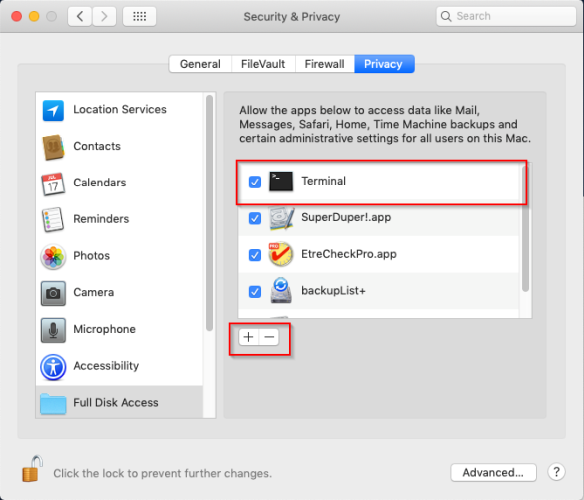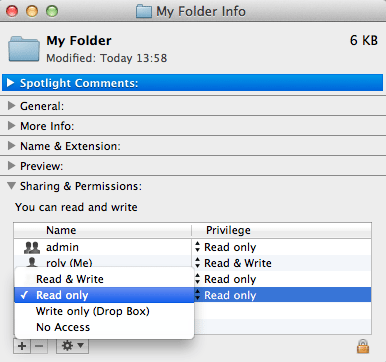


Once booted from OS X recovery, select Terminal from the utilities and then at the unix prompt enter: You can try booting from OS X recovery by holding CMD + R at the time of startup. To repair the drive, you can issue the following command into Terminal:ĭiskutil repairvolume /Volumes/BackupStuff/ Raw if-unable-to-unmount-drive-mac.md If unable to unmount drive on Mac If, however, you get an error like “The volume Macintosh HD was found corrupt and needs to be repaired,” then you can repair the drive using diskutil as well. If you see no messages, then you can assume that diskutil hasn’t found any errors, and you can move on. So for an external drive named “BackupStuff” you would enter:ĭiskutil verifyvolume /Volumes/BackupStuff/ Or, if you have an external drive attached, you can type or paste in the following:ĭiskutil verifyvolume /Volumes// So, for your main hard drive, you could type or paste in something like:

Once launched, type or paste in the following command. Launch Terminal from your Dock, Utilities folder, or via an app launcher like Alfred. Diskutil repairPermissions / Verify and Repair Volume via Terminal (Mac OS X)


 0 kommentar(er)
0 kommentar(er)
